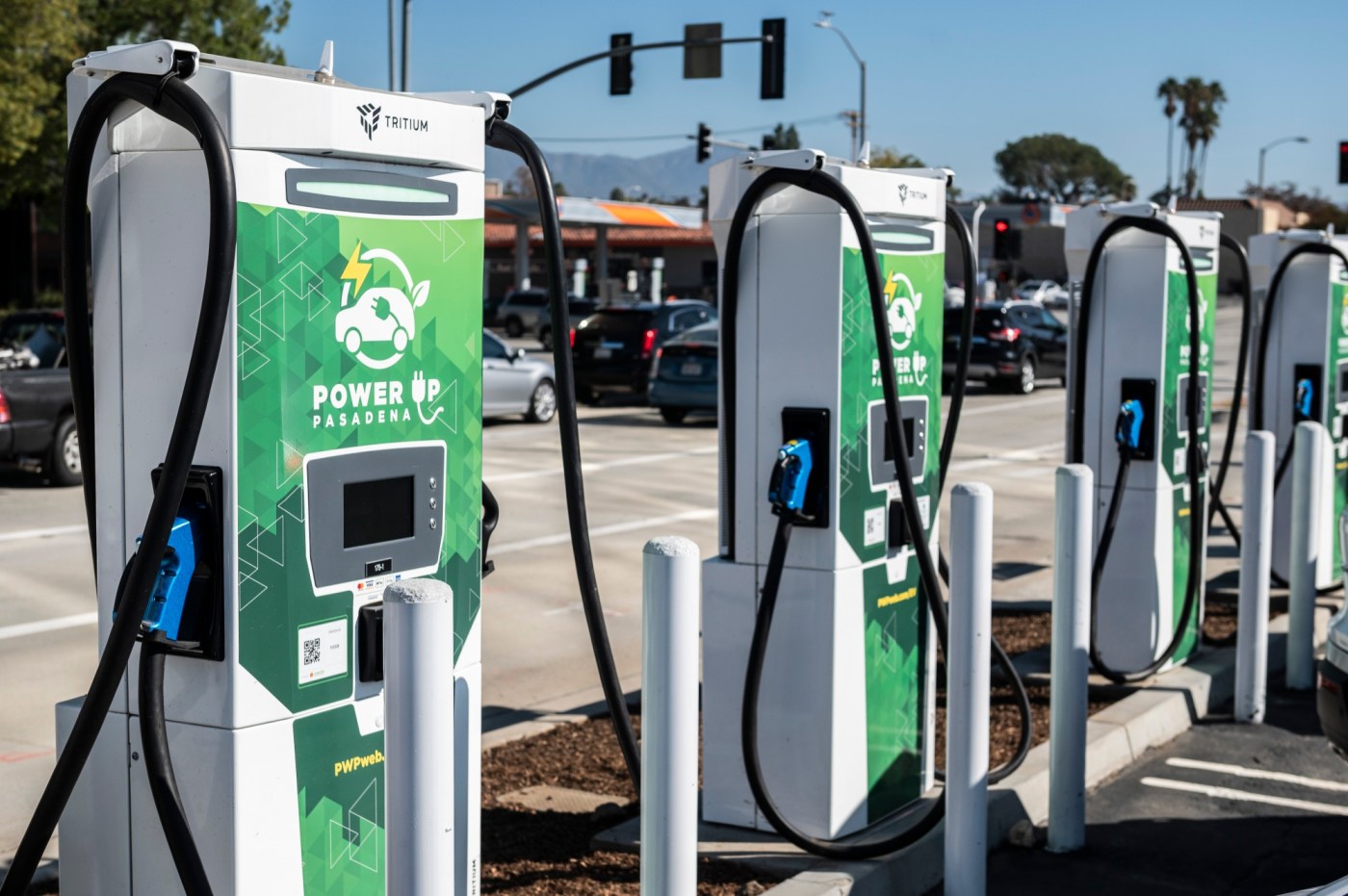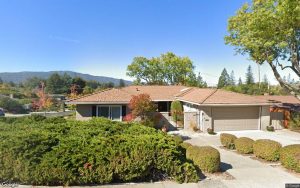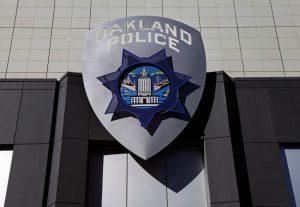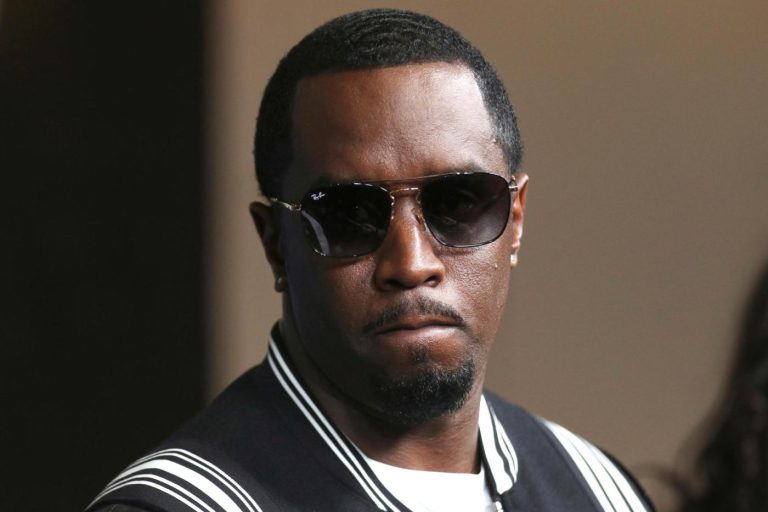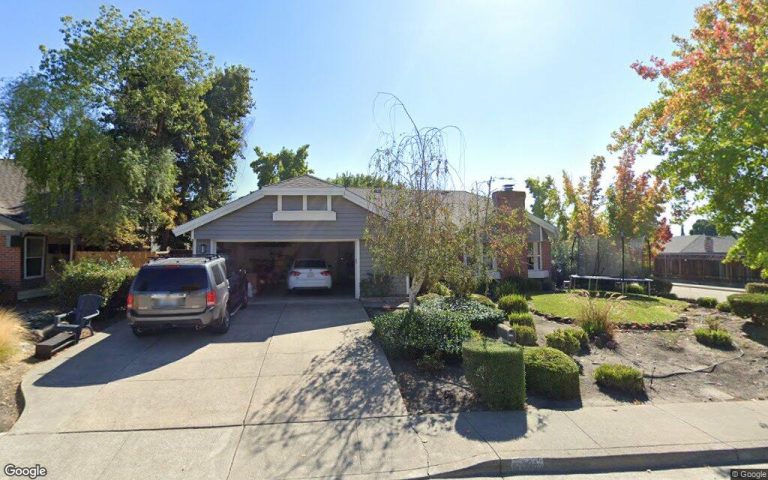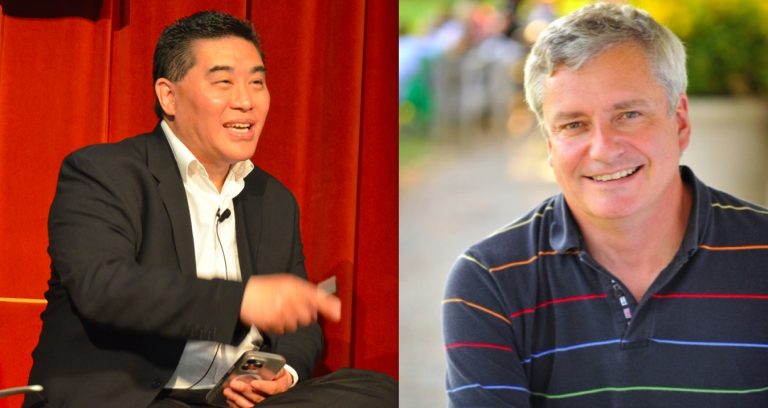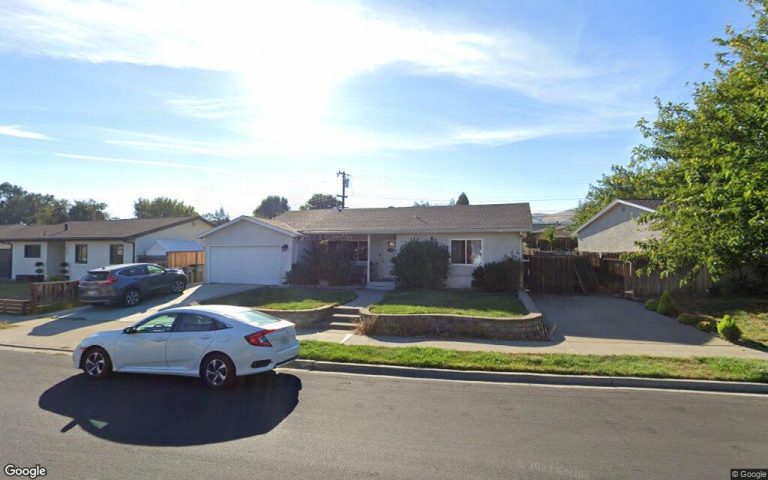Submit your letter to the editor via this form. Read more Letters to the Editor.
Harden state’s homes
against fire danger
Re: “Newsom sounds alarm on fires” (Page A1, July 11).
I have to laugh that Donald Trump’s efforts to control wildfire seem to begin and end with “raking” the forest.
Here’s one reason not to vote for Trump: his denial of climate change. This is the existential crisis of our time and Newsom is attacking it by encouraging renewable energy and phasing out fossil fuel-using cars. I guarantee our environmentally conscious state will lead the way in the next two decades if this climate denier does not become our president.
However, I would like to see less money devoted to ineffective methods of fire suppression such as “thinning” forests (just an excuse to log already stressed trees and leave them suffering from soil disruption and desiccation) and more state money directed toward efforts to harden homes. Fire-retardant roofing and defensible space have been proven to offer more benefits than “raking” the forest.
Janet Doherty
Sacramento
Artificial turf worsens
Bay Area heat waves
Re: “Which Bay Area parks are closed due to the heat?” (July 2).
Parks and artificial turf seem to be an increasingly inseparable duo, especially here in California where turf ostensibly saves water.
Related Articles
Letters: Pass baton | Deserve the truth | Expanding settlements
Letters: Parents’ rights | Replacing Harris | Bold change
Letters: Legal immigration | American plutocracy | Democrats dither | Election is personal
Letters: Violent rhetoric | Heated speech | What we sow | Moderate speech
Letters: Polluters should pay | Antisemitism fight | Zealots’ role
Artificial turf seems innocuous but actually heats up to significant temperatures, averaging 40-70 degrees Fahrenheit higher than ambient air temperature. That’s hotter than asphalt. Asphalt can already easily cause burns, heat stroke, and other heat related illnesses just through contact but also by re-emitting the heat into the air and contributing to the heat island effect, exacerbating those already dangerous heat waves by 1-7 degrees.
Natural grass, meanwhile, averages temperatures 40 degrees cooler and reaches temperatures 70 degrees cooler at maximum. Recent trends suggest that heat waves will be here to stay, making the move back to natural grass especially important for public health.
You can help by learning more about artificial turf and opposing installations in your community.
Aiden Chen
Saratoga
